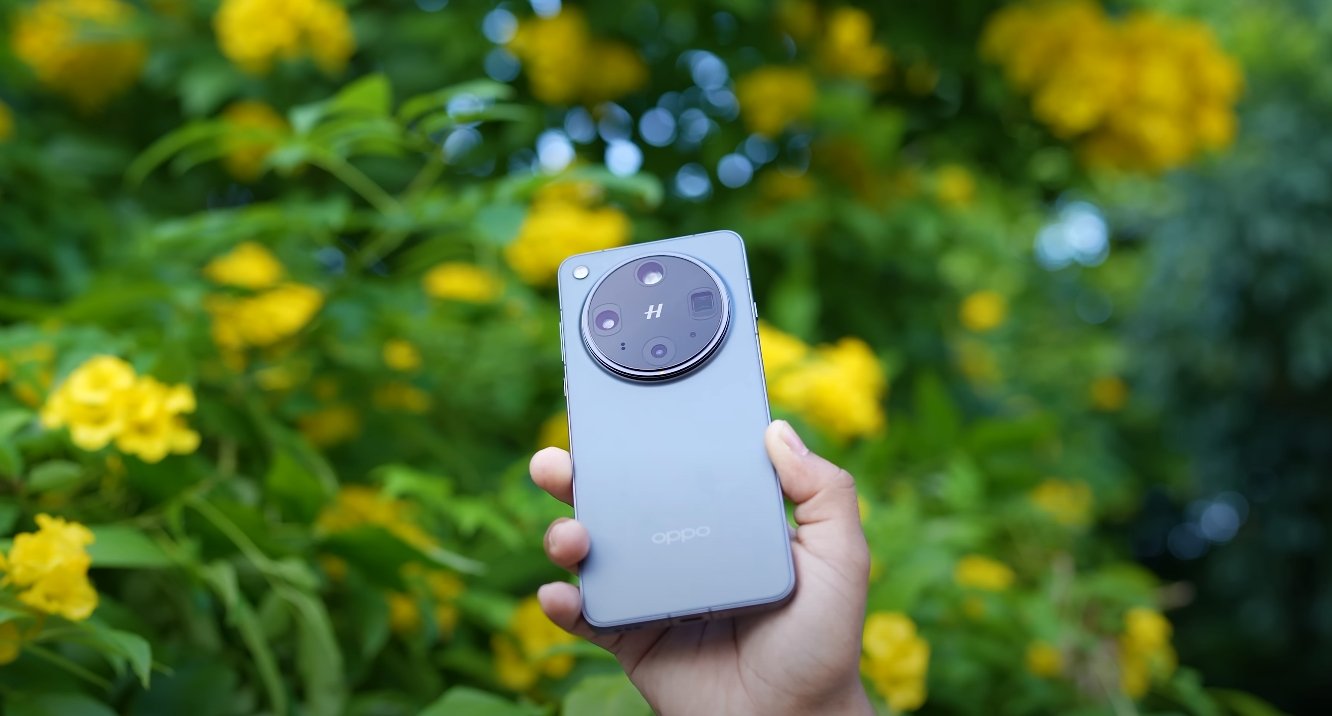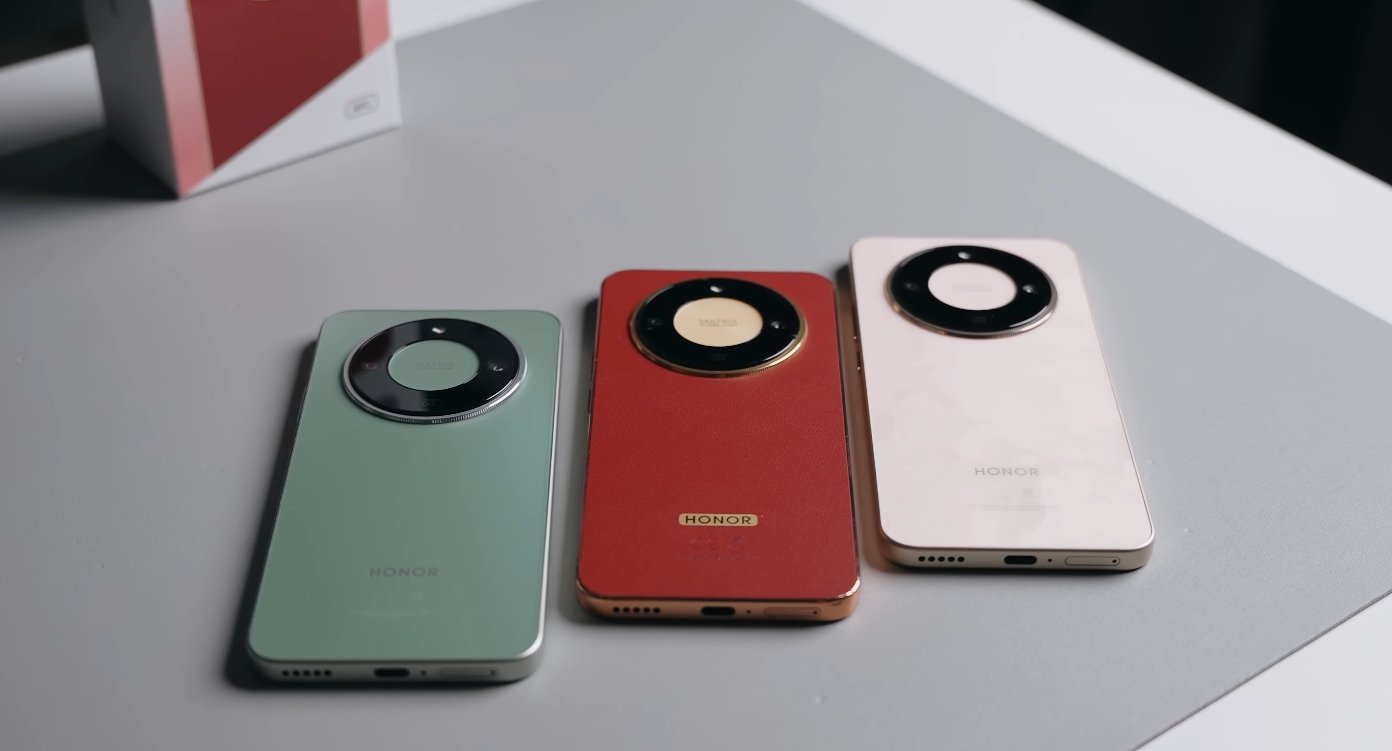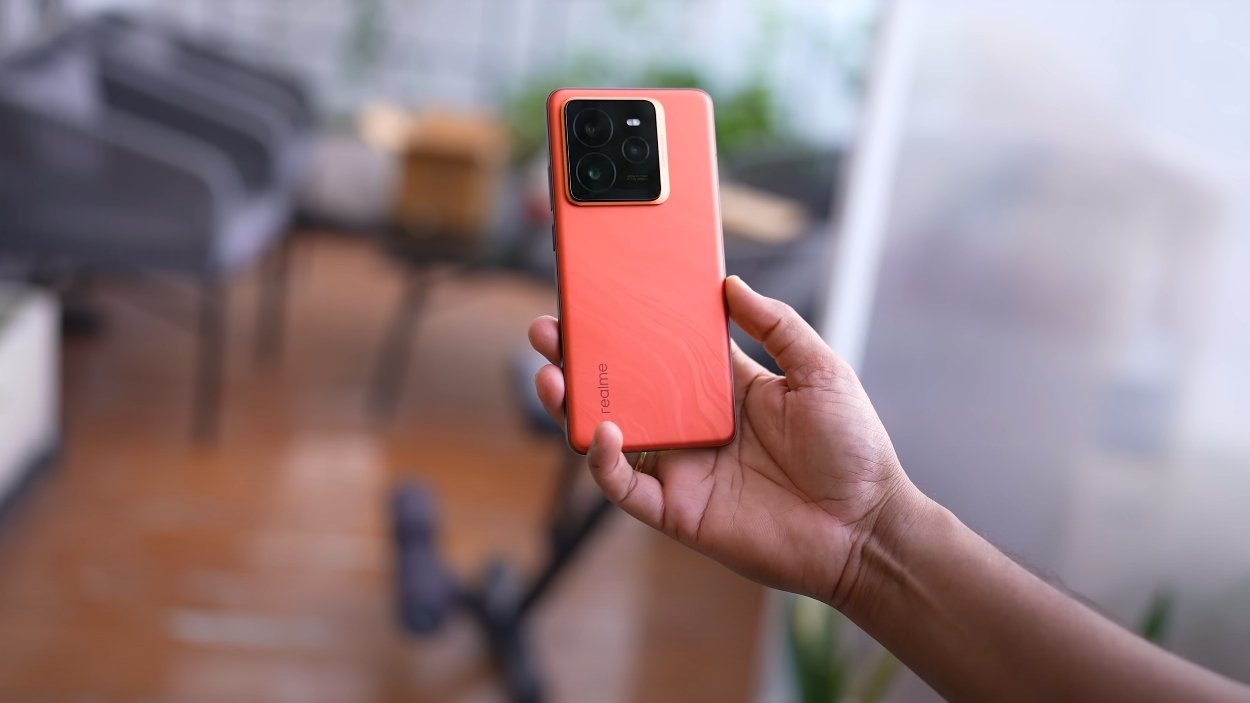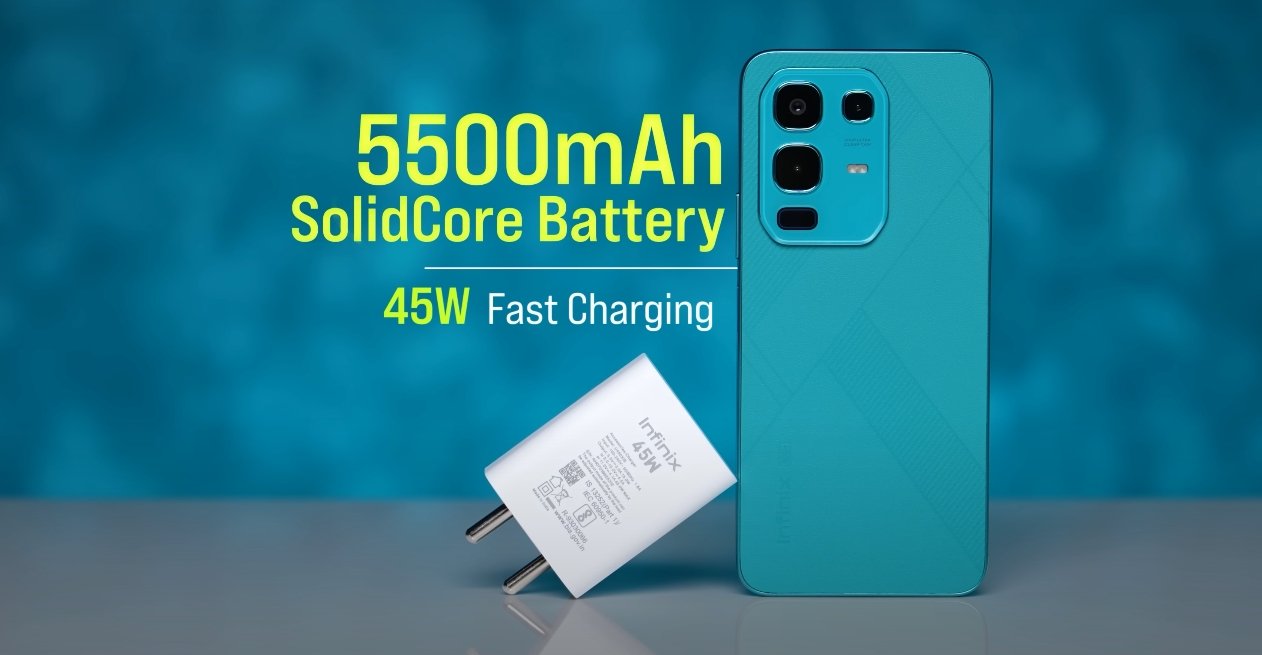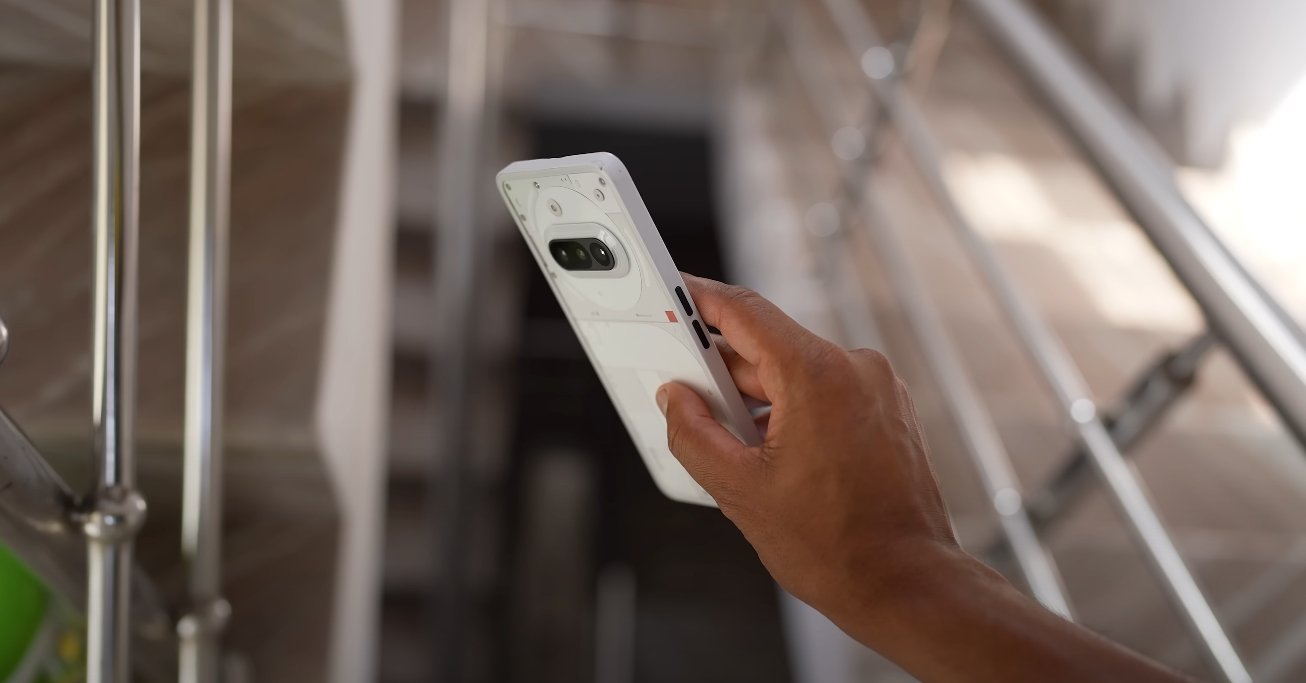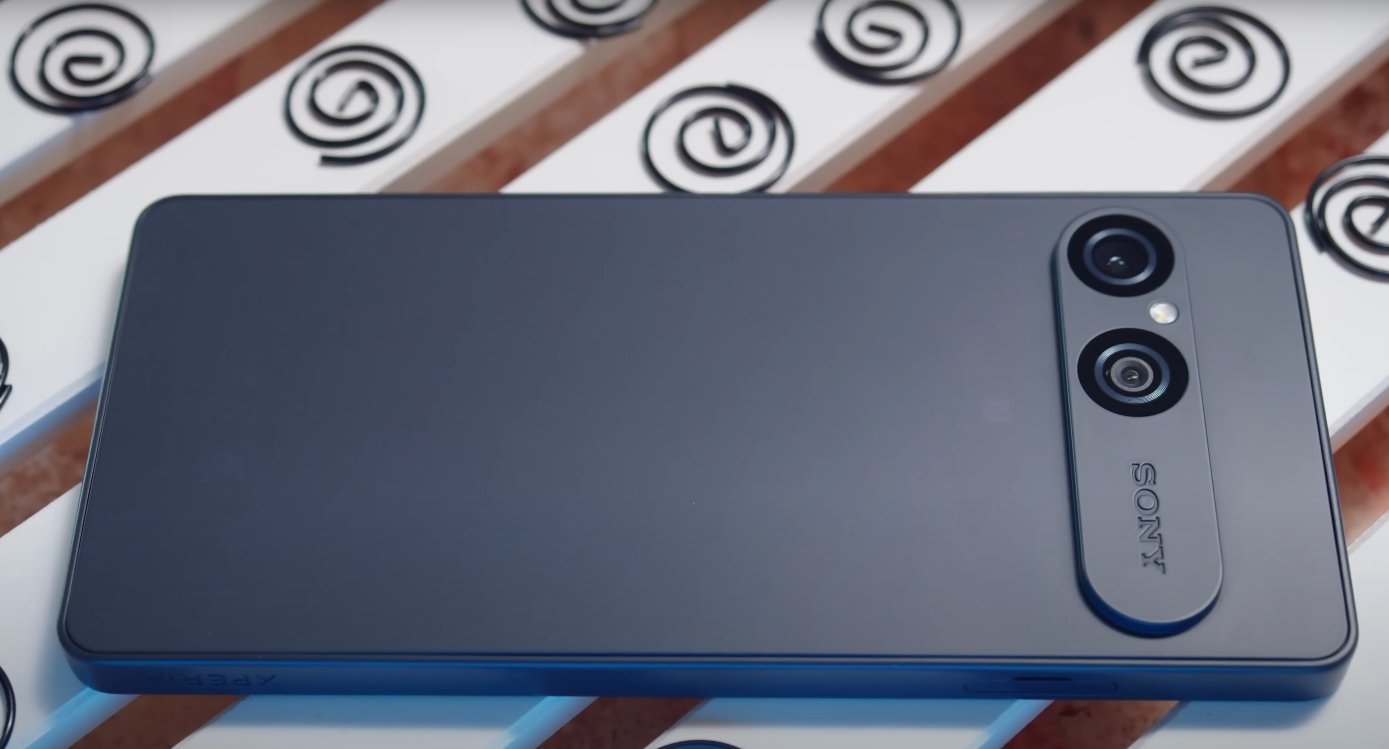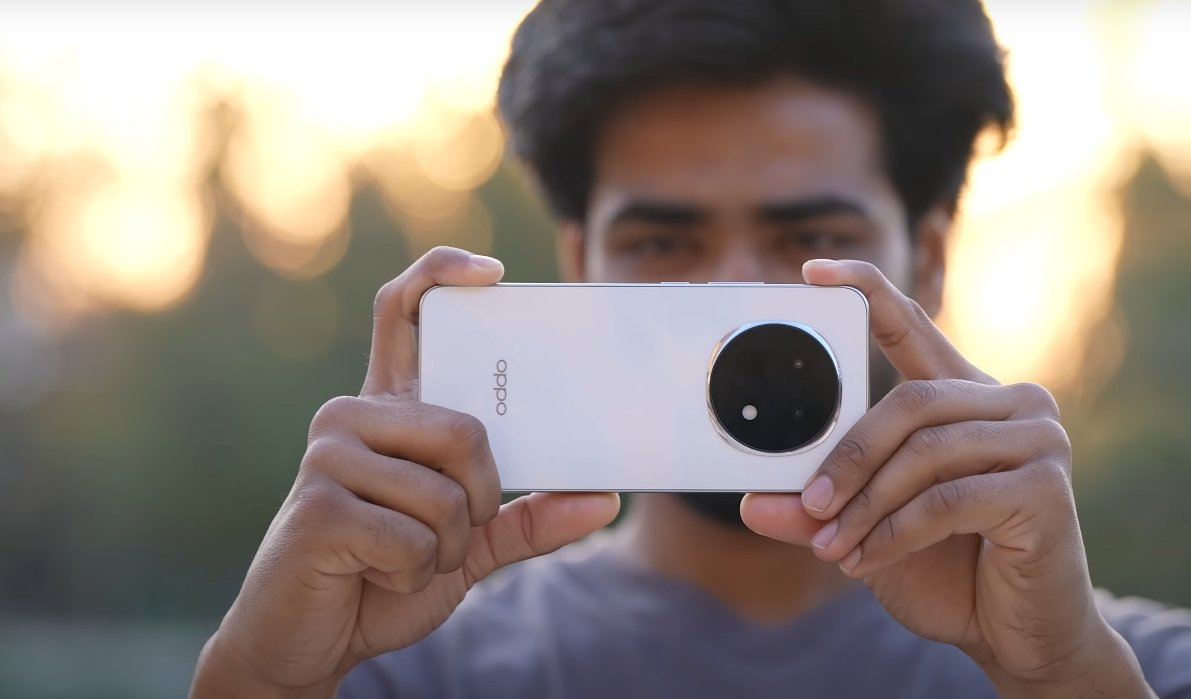Camera Comparison Between Oppo Find X8 Ultra and OnePlus 12
The Oppo Find X8 Ultra and OnePlus 12 both stand at the top of their respective lineups, offering flagship-level photography systems designed for enthusiasts and casual users alike. With both devices aiming to deliver pro-grade camera results, it’s natural to compare how they perform in real-world use. While each phone excels in different areas, their hardware and software optimizations tell a lot about how far smartphone imaging has evolved in 2025.
The Oppo Find X8 Ultra features a quad-camera system with a 50-megapixel main sensor, 50-megapixel ultra-wide lens, and two periscope telephoto cameras providing 3x and 6x optical zoom. The 1-inch Sony sensor at the core of the system gives the Ultra an edge in light capture, detail retention, and dynamic range. The OnePlus 12, on the other hand, uses a triple-camera setup consisting of a 50-megapixel primary sensor, a 48-megapixel ultra-wide lens, and a 64-megapixel periscope telephoto lens capable of 3x optical zoom. It leans heavily on Hasselblad tuning for color accuracy and natural tones, a partnership that OnePlus continues to refine with every new model.
In daylight photography, both smartphones perform exceptionally well, producing sharp, vibrant images with accurate color reproduction. The Find X8 Ultra’s larger sensor gives it a natural advantage in dynamic range, maintaining rich contrast between bright and shadowed areas. It tends to produce slightly softer, more realistic tones, while the OnePlus 12 leans toward more vivid and saturated colors, ideal for social media-ready photos. When shooting landscapes or outdoor scenes, the Ultra’s detail level, especially in textures and fine elements, feels more lifelike. However, OnePlus’s processing delivers higher contrast that many users find visually striking.
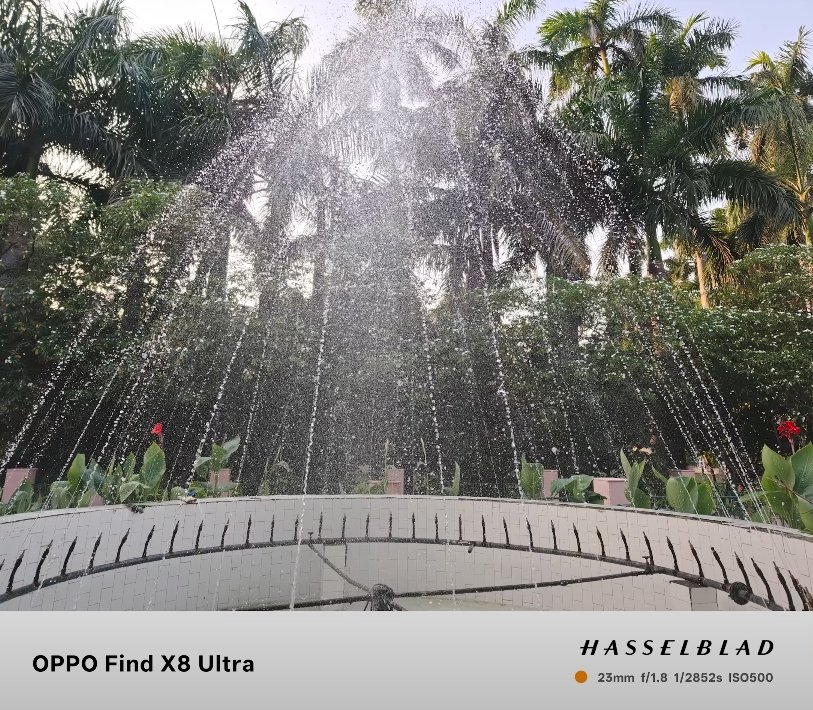
Low-light performance is where the Oppo Find X8 Ultra truly shines. Its large sensor and wider aperture allow for better light collection, reducing noise while maintaining detail in dark scenes. Night mode photos look cleaner and more balanced, with smoother highlights and deeper blacks. The OnePlus 12 still performs admirably, especially when it comes to portraits or cityscapes under artificial lighting. Yet, its smaller sensor struggles slightly to match the clarity and depth that Oppo achieves. For users who often shoot in dimly lit environments, the Find X8 Ultra provides a noticeable improvement in image consistency and exposure accuracy.
Zoom capabilities are another defining difference. The Find X8 Ultra includes both 3x and 6x periscope lenses, giving it superior flexibility for long-distance photography. The 6x optical zoom maintains crispness even at higher magnifications, offering detailed shots without the graininess common in digital zoom. Meanwhile, the OnePlus 12 performs best between 1x and 3x zoom, producing well-balanced telephoto shots but losing sharpness beyond that range. Oppo’s dual telephoto design allows for more versatility, whether capturing distant subjects or tight portrait compositions.
When it comes to ultra-wide photography, both phones perform capably. The OnePlus 12 offers a slightly wider field of view, making it great for group shots and sweeping landscapes. However, Oppo’s ultra-wide camera handles edge distortion better, keeping lines straighter and maintaining consistent exposure across the frame. Both phones maintain excellent color matching between lenses, though Oppo’s image pipeline shows smoother transitions when switching between cameras during video recording.
Speaking of video, both devices offer 4K recording at up to 60 frames per second with advanced stabilization systems. The Find X8 Ultra’s larger sensors give it the upper hand in low-light video, where noise reduction and clarity remain strong even in dim conditions. The OnePlus 12, however, excels in consistent color output and focus tracking, making it reliable for vlogging or handheld clips. Oppo’s stabilization feels more cinematic, while OnePlus provides steadier footage during walking or moving shots.
Portrait performance also reveals a difference in tuning. The Find X8 Ultra delivers more natural bokeh with better subject isolation, mimicking the depth-of-field of a DSLR lens. The OnePlus 12’s portraits, enhanced by Hasselblad calibration, pop with warmth and rich tones, though background blur can sometimes feel slightly artificial. Both cameras handle skin tones well, but Oppo’s color science tends to produce more neutral, realistic results.
In conclusion, the Oppo Find X8 Ultra edges ahead in overall camera performance thanks to its superior sensor size, versatile zoom system, and stronger low-light results. It’s built for enthusiasts who prioritize precision, detail, and flexibility in every shot. The OnePlus 12, on the other hand, offers an excellent all-around experience that’s perfect for everyday users who value vibrant imagery and hassle-free photography. Both smartphones stand out as leaders in their class, but when it comes to sheer camera capability, the Find X8 Ultra clearly holds the upper hand.
